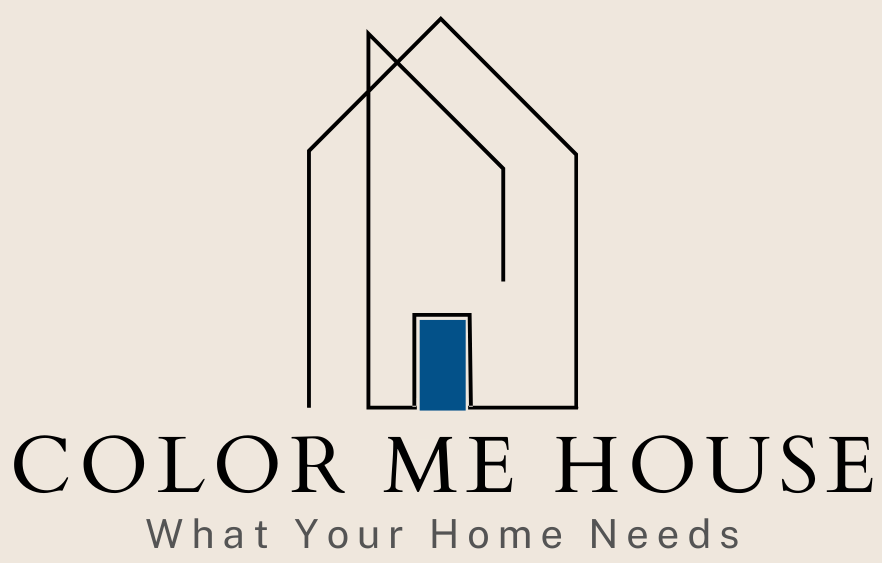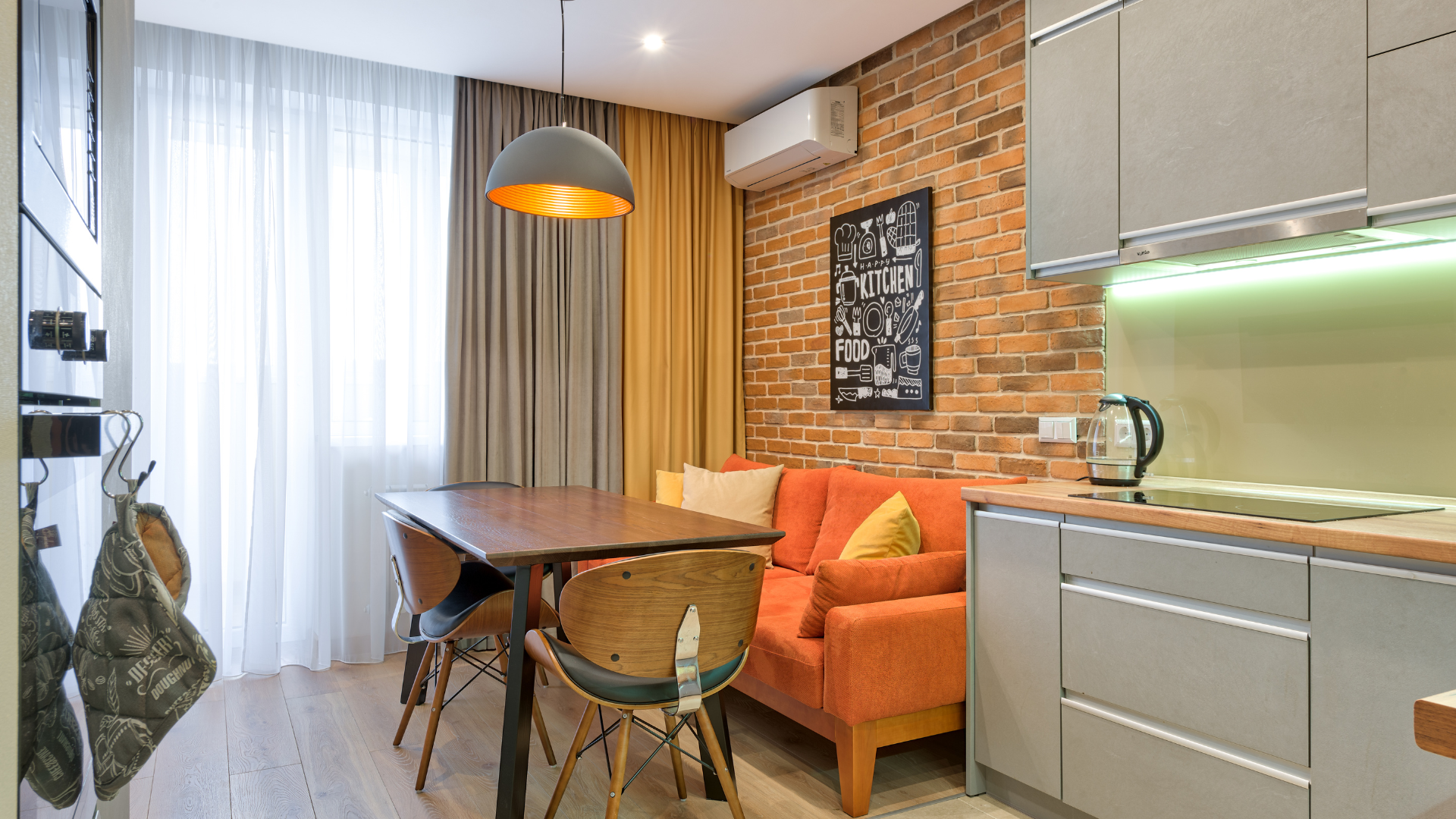Small design changes can significantly enhance the aesthetic and functionality of any space. By implementing simple adjustments like rethinking color schemes, optimizing layouts, and incorporating smart storage solutions, one can achieve remarkable transformations without the need for a complete overhaul. These adjustments can breathe new life into a room, making it feel refreshed and more inviting.
The beauty of design lies in its ability to adapt and improve through minor modifications. Just a few thoughtful tweaks can lead to a more organized and visually appealing environment. Whether it’s a home, office, or public space, these small improvements can have a lasting impact on mood and productivity.
Readers interested in enhancing their spaces will find value in exploring practical examples of small design changes that yield substantial results. From choosing the right artwork to arranging furniture for better flow, the possibilities are endless and often easier than one might think.
Maximizing Curb Appeal
Curb appeal significantly influences first impressions and can enhance the overall value of a property. Small design changes, particularly in lighting, color, and landscaping, can create a welcoming and attractive exterior.
Enhancing Exterior Lighting
Proper lighting can dramatically transform the look of a home. Adding light fixtures to entryways, walkways, and gardens not only increases safety but also highlights architectural features.
- Types of Lighting: Use a mix of ambient, task, and accent lighting.
- Fixtures: Choose styles that complement the home’s design, such as modern fixtures for contemporary homes or vintage lanterns for traditional styles.
Consider installing motion-sensor lights for practicality and security. Upgrading to LED bulbs can lower energy costs while providing brighter illumination.
Choosing Colors for Impact
Color plays a critical role in curb appeal. The right palette can make a home stand out and convey the desired mood.
- Exterior Paint: Refresh the front door with a bold, inviting color like red or navy blue.
- Trim and Accents: Use contrasting colors for trim to draw attention to details.
Shutters and window boxes can also be painted to match or complement the door. Testing color swatches in different lighting can help in making the final decision.
Small Landscaping Changes
Landscaping doesn’t require a complete overhaul to be effective. Simple changes can create a significant impact.
- Plant Selection: Incorporate native plants that thrive in the local climate.
- Maintenance: Keep lawns mowed and weeds under control to show that the home is cared for.
Adding planters at entryways, trimming hedges, and maintaining flower beds can enhance visual interest. Even small patches of colorful flowers can create an inviting look.
Transforming Interiors with Light and Color
Light and color are essential components in interior design that significantly influence ambiance and perception of space. Properly curated, they can enhance a room’s functionality and aesthetic appeal.
Strategic Lighting for Mood and Space
Lighting should be strategically planned to create specific atmospheres. Different types of lighting, such as ambient, task, and accent, serve distinct purposes.
- Ambient Lighting: This is the general illumination of a space, providing the necessary light to navigate comfortably.
- Task Lighting: Focused light illuminates areas meant for specific activities, like reading or cooking.
- Accent Lighting: This highlights particular features or decor elements, adding visual interest.
Layering these types fosters depth. Dimmable lights provide versatility, allowing adjustments based on the time of day or occasion.
Color Psychology in Design
Color influences emotions and perceptions profoundly. Various shades can evoke specific feelings and reactions, essential for setting the desired mood.
- Warm Colors: Reds, oranges, and yellows stimulate energy and enthusiasm, making them ideal for social spaces.
- Cool Colors: Blues, greens, and purples promote calmness and tranquility, suitable for bedrooms and relaxation areas.
- Neutral Colors: Whites, grays, and beiges offer flexibility, allowing for easy accentuation with decor.
Choosing the right palette can redefine a room and impact the occupants’ emotional experience.
Creating an Accent Wall
An accent wall acts as a focal point, adding interest without overwhelming the entire space. Choosing the right wall is vital; typically, a wall that draws attention naturally is preferred.
- Color Choice: Select a bold hue that contrasts with the surrounding walls.
- Material Options: Consider alternative materials, such as wood or stone, to add texture.
- Artwork and Decor: Enhance the accent wall with strategically placed artwork or shelves for added depth.
Accent walls are an effective way to introduce personality and can be changed easily, adapting to evolving tastes.
Boosting Functionality and Aesthetics
Small changes can significantly enhance both the functionality and appearance of a space. Upgrading hardware, utilizing mirrors and shelves, and redefining spaces with slipcovers are effective strategies to achieve this.
Upgrading Cabinet Hardware
Replacing cabinet hardware is an easy yet impactful change. Choosing modern knobs and pulls enhances aesthetics while improving functionality.
Types of cabinet hardware to consider:
- Knobs: Offer a classic look and easy access.
- Pulls: Provide a contemporary touch, especially for larger doors.
It’s essential to match the hardware style with the overall decor to create a cohesive look. Materials like brushed nickel and matte black can elevate a design.
This simple update can make furniture appear new and more aligned with current trends, boosting home value and appeal.
Installing Mirrors and Shelves
Mirrors are not only decorative but also serve practical purposes by creating the illusion of space and enhancing light. Strategically placing mirrors can brighten up dark areas and make rooms feel more expansive.
Key placement tips:
- Opposite windows: Reflect natural light.
- Over furniture: Create a focal point.
Shelves offer both storage and display options, adding character to walls.
Best uses for shelves:
- Functional storage: Organizing books or office supplies.
- Decorative display: Showcasing plants or artwork.
Incorporating both elements can amplify functionality while enriching visual interest in any room.
Redefining Spaces with Slipcovers
Slipcovers transform the look of furniture without the expense of reupholstering. They provide a fresh aesthetic and protect furniture from wear and tear, making them both practical and stylish.
Choosing the right slipcover:
- Fabric type: Opt for machine-washable materials for easy maintenance.
- Fit: Ensure a snug fit to maintain a polished appearance.
Using slipcovers in different colors or patterns can create varied looks in a single space. They can effortlessly change the character of a room, adapting to seasonal decor or personal taste.
Integrating slipcovers not only allows for style flexibility but also improves the longevity of furniture.
Elevating Spaces with Decorative Elements
Decorative elements can significantly transform a room’s atmosphere and style. By focusing on simple design changes, one can enhance a space’s ambiance and personalize it.
Creating a Gallery Wall
A gallery wall serves as a focal point in a room, showcasing personal art and photography. It adds character and depth to a space, making it feel more lived-in and inviting.
To create an appealing gallery wall:
- Choose a Central Theme: This could be colors, styles, or subjects that resonate.
- Mix Frame Styles and Sizes: Combining different frames creates visual interest.
- Plan the Layout: Use painter’s tape to outline the arrangement on the wall before hanging.
Incorporating varying art pieces, such as prints, mirrors, or textured items, elevates the display.
Accessorizing with Small Decor Items
Small decor items add personality and warmth to a space without overwhelming it. Simple changes, like adding decorative vases or unique sculptures, can create visual intrigue.
Consider these tips for accessorizing effectively:
- Use a Color Palette: Select items that complement each other and the room’s overall design.
- Vary Heights and Textures: Mix tall and short items, along with diverse materials, for depth.
- Layering Accessories: Position items at varying levels on bookshelves or tabletops for a curated look.
By thoughtfully choosing and arranging small decor items, one can enhance the overall aesthetic appeal of any space.

